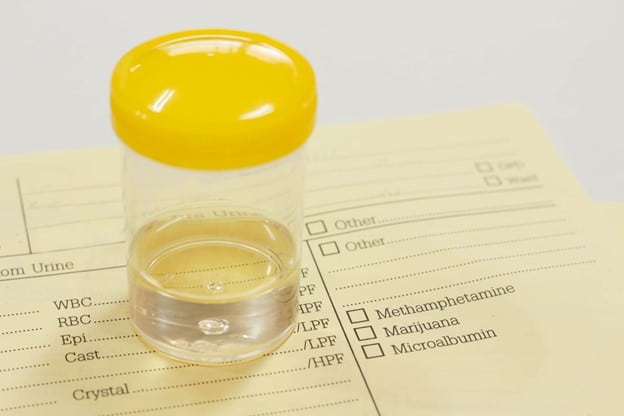Untreated addiction is an issue in every U.S. workforce, with one in 12 workers struggling with a substance abuse disorder. According to the National Safety Council, employees who abuse prescription drugs are two to five times more likely to take unexcused absences, be late for work, become injured or violent at work, file workers’ compensation claims, and quit or be fired within one year of employment.
Fortunately, employment drug testing can serve as a powerful risk mitigation tool, which has far-reaching benefits for both the organization and society. In addition to promoting a safer, more productive workplace, it can also reduce employee turnover, absenteeism, employer risks, and reduce workers’ compensation claims.
Continue reading to find out more about the benefits of implementing a DOT drug testing program.
How Dot Drug Testing Benefits Companies and Why It Is Implemented
Companies may decide to conduct drug and alcohol tests for several reasons. Among the general reasons are:
- To improve workplace safety.
- Reducing company costs and increasing productivity levels related to substance abuse and addiction (e.g., as part of an overall strategy to decrease employee absenteeism).
- Regulatory compliance in applicable industries, and compliance with employment or insurance contracts.
- Help employees with addictions and signs of substance abuse.
- To reduce the possibility of employees becoming addicted or abusing substances in the future.
There are several potential benefits to periodic testing for drugs and alcohol:
- Because employees have been warned in advance, periodic drug and alcohol tests are more likely to be accepted by them than random tests.
- Because the program will be administered to all current employees (no one has been “singled out”), bias will be reduced.
- Periodic testing may eventually reduce the number of positive drug test results in the workplace.
Because periodic drug testing occurs on a regular schedule, there is the possibility that employees will alter their substance use habits in preparation for tests. Those who are preparing for testing may stop using drugs beforehand to avoid showing up positive at testing. If this is a concern in your industry, it would be best to implement Random Testing to deter the use of illegal drugs and misuse of alcohol.
How to Implement Period Drug and Alcohol Testing
There are six situations in which drug and alcohol testing can be conducted. If you want to achieve your goals and meet your requirements, you might want to perform testing in a variety of these situations.
- Pre-employment testing: Identify candidates who could pose a safety risk.
- Pre-access testing: Identifying people who might pose a risk in safety-sensitive workplaces before allowing them to access.
- Post-incident/post-accident testing: Determine what factors contributed to an incident and develop ways to prevent a repeat.
- Reasonable cause: Determine possible factors when there are visible signs and symptoms of substance abuse affecting workplace safety.
- Random drug and alcohol testing: Ensuring compliance with safety policies by testing a random sample of your workers.
- Unannounced follow-up testing: Ensure compliance with the testing program prior to and after reinstatement.
The DOT requires the Drug Free Workplace Program. Advantage Drug Testing helps support employers with DOT compliance by providing advanced services and systems which simplify the drug screening process. Contact us today to Request a Quote or to request more information.

